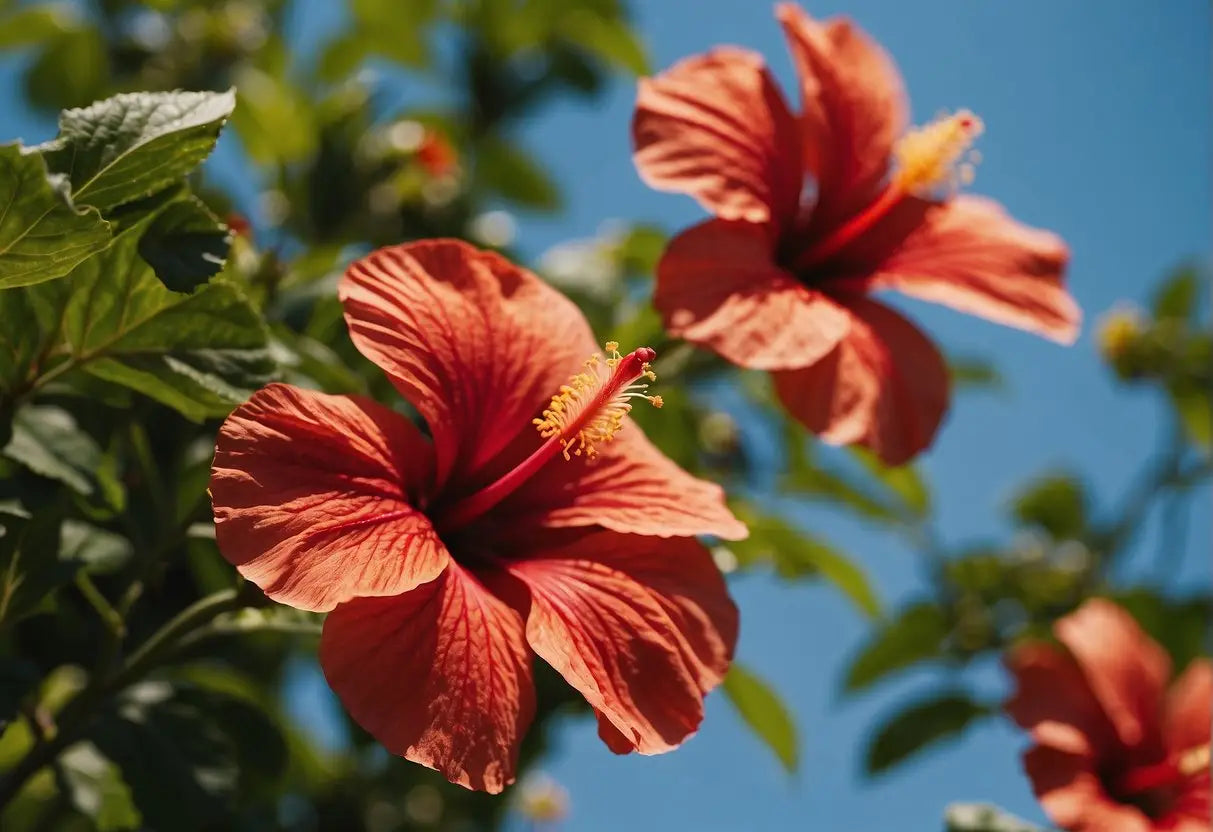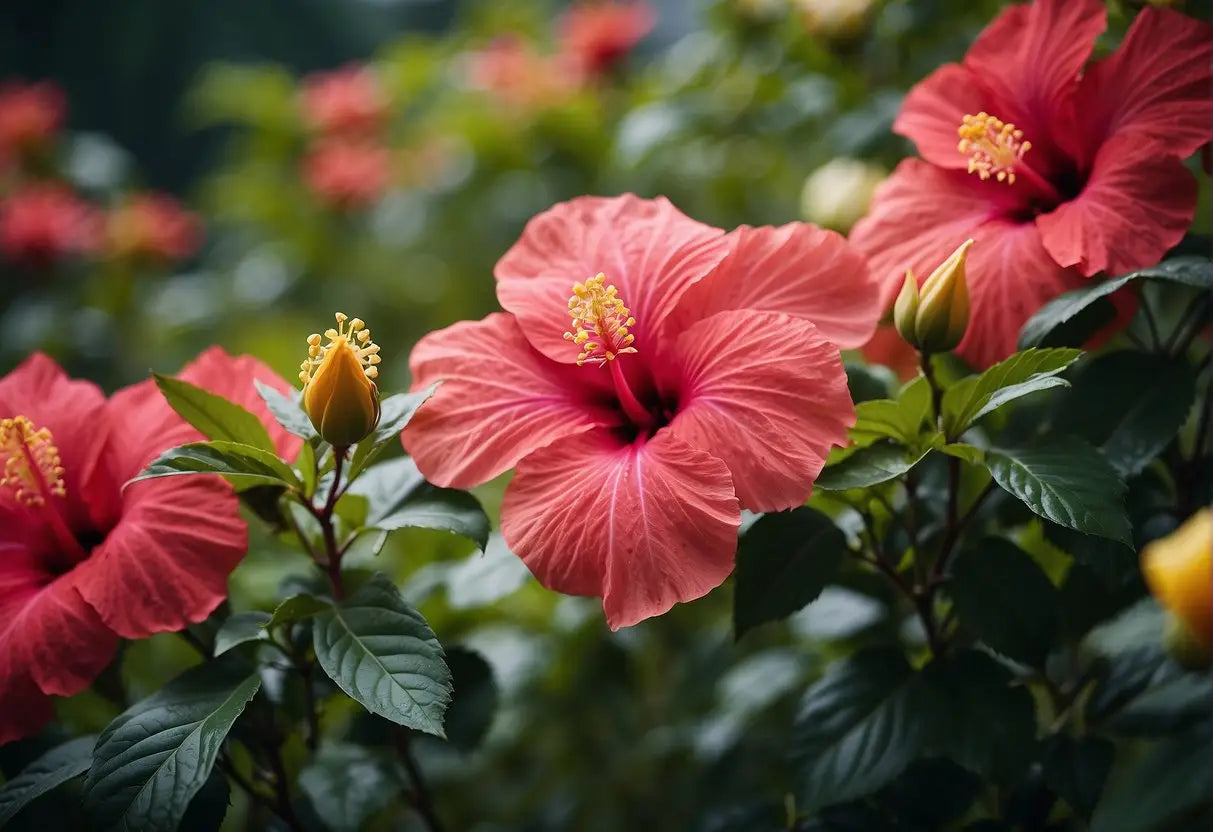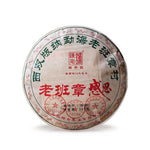How to Harvest Hibiscus for Tea
Shop our Pu Erh Tea collections!
Hibiscus refers to a genus of flowering plants in the mallow family, Malvaceae. It's widely cultivated for its showy flowers and used in teas, garnishes, paper-making, and traditional medicines.
Species: Hibiscus sabdariffa is commonly used for tea. Climate: Prefers tropical to temperate climates. Soil: Well-drained, fertile soils are ideal. Sunlight: Requires full sun for optimal growth.
Bestsellers
When cultivating hibiscus for tea, focus on the Hibiscus sabdariffa variety, known for its tart-flavored calyces, the part used for making tea.
| Part Used | Description | Benefit |
|---|---|---|
| Calyces | Deep red outer layer | Tart flavor |
| Leaves | Dark green, glossy | Mild tea base |
To ensure a good harvest, plant your hibiscus in a sunny spot with rich soil. Water them regularly to keep the soil moist but not waterlogged, and fertilize monthly to encourage growth. Prune your plant to promote bushiness; this will increase the yield of calyces. Your harvest time is crucial - pick the calyces after the flower has bloomed and the petals have fallen, typically in late summer or early fall.
Remember, the hibiscus plant can reach heights of up to 7 feet, so give it plenty of space to thrive. As you prepare to harvest, ensure you have the right tools—sharp scissors or garden shears—to carefully remove the calyces without damaging the plant.
Optimal Harvest Timing

Check out our Sheng pu erh tea collection and Ripe pu erh tea collection.
To achieve the best quality hibiscus tea, it's crucial to consider both weather patterns and the maturity of the plants when planning your harvest.
Weather Considerations
Timing your hibiscus harvest is influenced greatly by local weather conditions. For optimal results:
- Dry Weather: Aim for a dry spell, as rain can dilute the natural flavors of the blossoms and make them more prone to mold.
- Morning Harvest: Preferably harvest in the morning after the dew has evaporated to avoid extra moisture.
Plant Maturity Signs
The maturity of the hibiscus plant is a key determinant for when to harvest:
- Flower Color: Hibiscus should be harvested when the flowers are fully open and exhibit a vibrant color, typically a deep red.
- Texture: Look for petals that are firm yet supple, indicating peak freshness and readiness for harvest.
Harvesting Techniques

To ensure a high quality hibiscus tea, you must collect the flowers carefully and at the right time. Follow these methods for an effective harvest.
Manual Harvesting Method
Harvest your hibiscus flowers in the morning after the dew has evaporated but before the heat of the day sets in. This is when the blooms are fully open and at peak freshness. With a gentle twist, you can detach the flower from the stem. Make sure you only collect healthy, vibrant blooms, and avoid ones that are discolored or damaged.
-
Tips for Manual Harvesting:
- Harvest only open flowers.
- Use your fingers to pinch the base of the flower, then twist to remove.
- Handle flowers gently to prevent bruising.
Tools and Equipment
To streamline the harvesting process, utilize specific tools that ensure efficiency and minimize damage to the plants.
Lao Ban Zhang
- Pruning Shears: Keep them sharp and clean to make a clean cut, which helps prevent plant diseases.
- Collection Basket: Choose a basket with a wide mouth and soft interior to prevent squashing the flowers.
| Tool | Purpose | Use Case |
|---|---|---|
| Pruning Shears | To cut the stem cleanly near the base. | Use when flowers are tightly clustered or hard to reach. |
| Collection Basket | To hold harvested flowers without damage. | Arrange flowers gently, without overstuffing the basket. |
Post-Harvest Handling

After harvesting your hibiscus flowers, proper handling is crucial to maintain their quality and flavor for tea. This includes gentle cleaning, effective drying, and appropriate storage practices.
Cleaning and Preparing
Your harvested hibiscus flowers should be cleaned carefully to remove any dirt or insects. Gently shake the flowers to dislodge debris, then spread them on a clean surface and sort through:
- Remove: Any damaged or discolored petals
- Inspect: For pests or soil, rinsing lightly if necessary
- Trim: Snip off the stem about 1 cm below the flower base
Drying Processes
Drying the hibiscus flowers correctly is essential to preserving their taste and color. There are two main methods you can use:
-
Air-drying: Spread the flowers on a mesh screen in a single layer, away from direct sunlight, and allow them to air-dry for a few days. Ensure good ventilation to avoid mold.
-
Dehydrator drying: Place the flowers in a dehydrator at a low temperature (95-110°F or 35-43°C) for 8-12 hours, checking periodically for dryness.
Note: Flowers are fully dried when they are crisp and have no remaining moisture.
Storage Solutions
Store your dried hibiscus flowers properly to retain their quality over time. Follow these storage guidelines:
- Containers: Airtight glass jars or metal tins
- Location: Cool, dark, and dry place away from sunlight
- Label: Clearly with the date of drying
By ensuring your flowers are kept away from heat and light, you’ll help preserve their vibrant color and flavor.
Using Hibiscus for Tea
Hibiscus flowers offer a tart flavor reminiscent of cranberries and can be used to brew a refreshing tea. Optimal tea flavor is achieved by using freshly dried hibiscus petals.
Tea Brewing Methods
-
Hot Infusion:
-
Cold Brew:
- Combine cold water and 1-2 teaspoons of dried hibiscus flowers per cup of water in a jug.
- Refrigerate for 12-24 hours.
- Strain and serve chilled.
Flavor Pairings and Variations
- Sweeteners: Add honey, sugar, or agave to taste if a sweeter tea is preferred.
- Citrus: Squeeze in some lemon or lime juice for an enhanced zesty flavor.
- Spices: Cinnamon sticks or a pinch of allspice can introduce warmth to the brew.
- Herbs: Mint or lemongrass complement the tangy profile of hibiscus.
← Older post Newer post →











